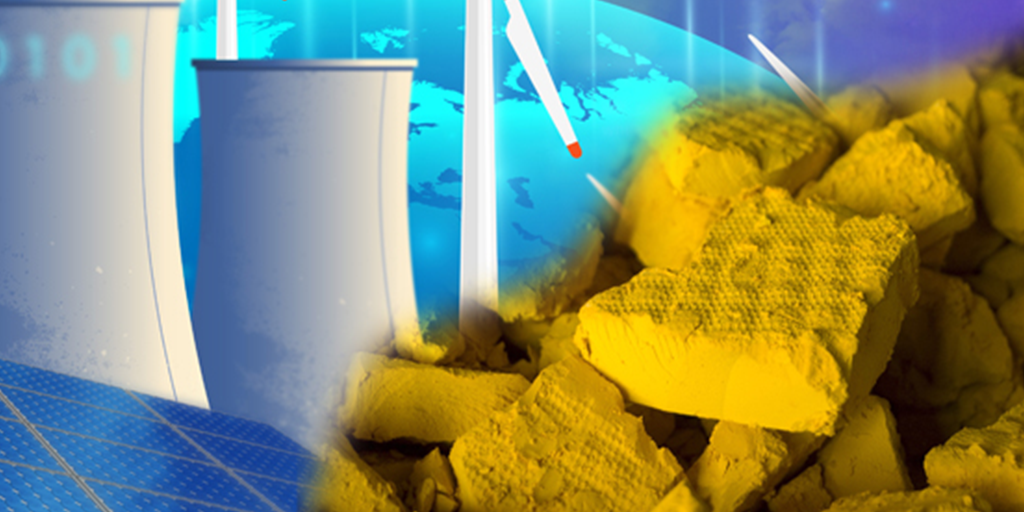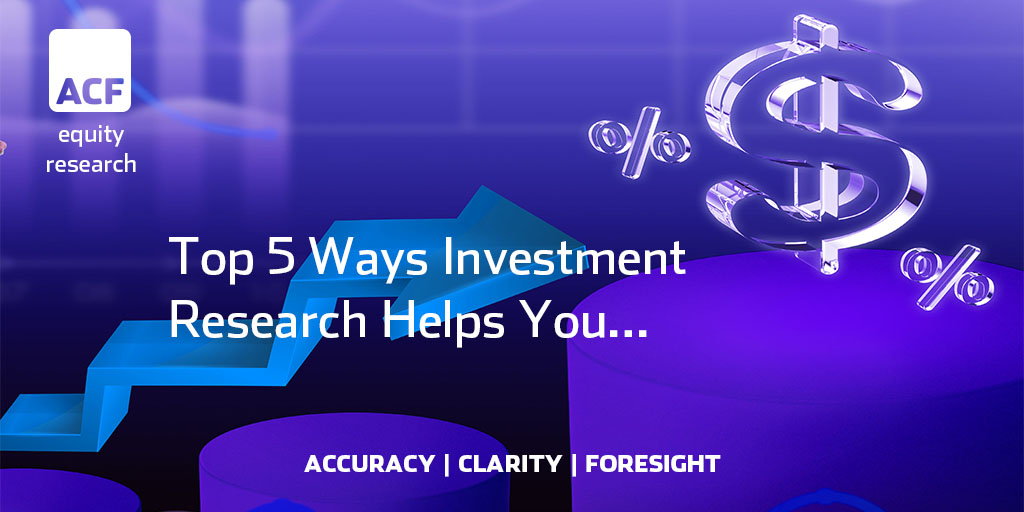Metals and Minerals Value Chains

The Metals and Minerals Value Chain plays a crucial role in the global economy, supporting essential industries such as construction, automotive and energy.
Key trends shaping the metals and minerals sector include the implementation of more rigorous sustainability regulations, which are driving ethical sourcing and recycling innovations; technological advancements in automation and AI, enhancing mining efficiency; the reshaping of global supply chains influenced by geopolitical tensions affecting metal prices and availability.
Demand for specific metals and minerals has increased as technology advances and insight helps anticipate shifts in demand. Analysing the value chain provides insight into price volatility as metals and minerals are complex and prone to disruptions. Value chains provide insight into regulatory changes and help assess the viability of investments of metals and minerals.

The helium value chain like the lithium chain is critical to the global economy due to its unique properties and limited availability, making it indispensable for high-tech industries like medical imaging, semiconductor manufacturing, and aerospace. Despite supply constraints and price volatility driven by limited production and geopolitical factors, technological advancements and recycling efforts are improving efficiency. Emerging markets, particularly in Asia, are driving increased demand, while sustainability and environmental considerations are becoming more prominent. Helium’s critical role in advanced industrial applications underscores its significant economic importance….Read More Helium Value Chain

The lithium value chain is crucial to the global economy, powering electric vehicles (EVs), energy storage, and consumer electronics through lithium-ion batteries. Key stages include extraction, refining, component manufacturing, and battery assembly, involving major players like Albemarle, FMC Corporation, Panasonic, and Tesla. With rising EV demand, technological advancements, and a focus on sustainability, the lithium industry is evolving rapidly, driving innovation and economic growth in lithium-rich regions worldwide. This dynamic value chain underpins the shift to renewable energy and decarbonization, making lithium an indispensable resource for the future….Read More Lithium Value Chain

The silver value chain is vital to both industrial applications and investment markets. Silver’s exceptional properties make it indispensable in electronics, solar panels, medical devices, and water purification systems, while its status as a precious metal ensures its popularity as an investment asset. Market trends highlight rising industrial demand, driven by renewable energy and technological advancements, coupled with fluctuating investment interest influenced by economic conditions. The industry also faces supply challenges and is increasingly focused on sustainable practices. Understanding these dynamics is crucial for navigating the complexities of the silver market….Read More Silver Value Chain

The uranium market is a critical component of the global energy landscape, contributing significantly to clean energy production, technological innovation and economic growth. Demand for uranium is expected to rise as more countries incorporate nuclear power in their energy mix, seeking low carbon and stable energy sources. This presents challenges and opportunities as the industry navigates complex regulatory and geopolitical landscapes that influence global supply chains. For stakeholders in financial services, being vigilant and adaptable to these market dynamics is imperative. By understanding these factors investors can secure long-term viability and growth of the nuclear energy sector, making the uranium value chain a pivotal area for investment and development in the energy transition…READ URANIUM VALUE CHAIN

Gold is a safe-haven asset especially in times of economic uncertainty – understanding its value chain allows investors to hedge against volatility and make informed decisions. Gold is characterised by its multifaceted uses in jewellery, central bank reserves, technology and high-end electronics therefore, the value chain can help investors understand risks associated with mining and processing and their environmental impacts. Understanding gold can contribute to more liquid and transparent markets and any global monetary policy changes influenced by macroeconomic factors. Understanding the value chain supports global economic stability but also adapts and evolves in response to new challenges and opportunities …READ GOLD VALUE CHAIN












